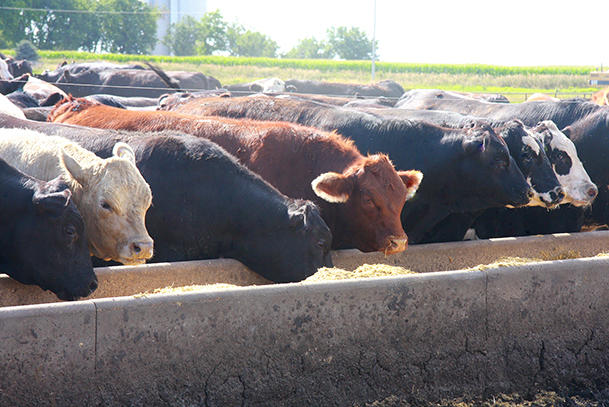Concentrated animal feeding operations (CAFOs), where large numbers of animals are raised and often confined, are becoming increasingly common as agriculture becomes more industrialized. Waste (e.g., manure, urine and byproducts), animal husbandry-related products (e.g., feed, pesticides, antibiotics, hormones) and the animals themselves are sources of hazardous emissions into the environment, including microorganisms, endotoxins, air pollutants (e.g., particulate and gaseous emissions), and an array of malodorous compounds. Animal waste from CAFOs is also frequently sprayed onto crop fields, resulting in environmental contamination over large regions.
Using Geographic Information Systems (GIS)-based models, we are estimating CAFO-derived outdoor air pollution exposures for the Agricultural Health Study and evaluating associations with health outcomes in this rural population. Recent findings show that residential proximity to intensive animal agriculture is positively associated with risk of non-Hodgkin lymphoma and leukemia in this cohort, even after consideration of occupational animal and pesticide exposures.
For more information, contact Dr. Rena Jones.
Occupational and Environment Epidemiology Branch - Research Areas
